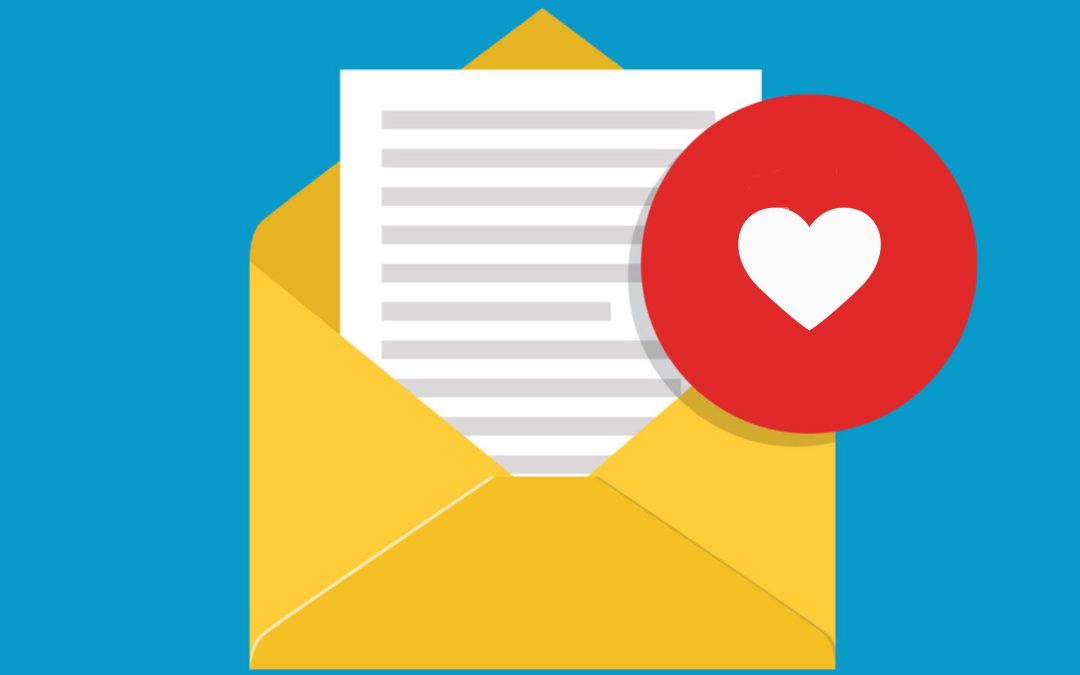As a smart businessperson, you know that one way to increase sales is to get your existing customers to spend more with you. But how do you convert a one-time purchase into an ongoing relationship? You can build loyalty through email. Regular, useful, and targeted messages can encourage a customer to have a deeper understanding of the value you bring to their life.
Social media may not serve every one of your posts to all your followers depending on what way the algorithm is feeling that day. While it’s great for expanding your reach to new customers and keeping your brand image fresh, email is almost guaranteed to reach all the active addresses on your list, barring overactive spam filters.
Then, even if your one-time customer doesn’t need your product regularly you might convert them to a brand ambassador. By keeping them engaged and providing useful information, they may feel encouraged to forward your messages to their network.
Reliability can build loyalty
Building loyalty through email is a lot like how you build trust and loyalty in everyday life. You show up when you’re expected, you’re honest, and you follow through on the commitments that you make.
What this looks like in email is setting a regular schedule and sticking to it. That frequency and schedule will be different depending on your industry and needs. It will also depend on how much new or refreshed material you’re able to create.
Some examples of email newsletter frequency are:
- Every other week on Mondays
- Every Wednesday
- The first of the month
- Every weekday
Bestselling author and MarketingProfs partner Ann Handley sends out her email newsletter every other Sunday.
You want the content of your messages to be authentic. Sure, you’re trying to sell something, but first you need to showcase how your product will improve your customer’s life. You need to look at things from the buyer’s perspective and shape your messages into something that is meaningful to them.
Lastly, to be reliable, your emails need to be honest and as factual as they can be. You won’t build loyalty that lasts by misleading customers or using deceptive practices. The truth will eventually come to light.
Provide useful content – with a pleasant degree of humor
Yankee Publishing’s oldest publication, the Old Farmer’s Almanac uses the motto: “useful, with a pleasant degree of humor.” It’s something we think holds true for a lot of what we do beyond The Almanac.
You need “a pleasant degree of humor” or some other interesting hook to get your customer to open your email. Give them a reason to pause and read what you’ve got to say.
Then, once you have their attention, don’t waste the opportunity. Make sure that your email provides relevant information to your customers. Give them the tools that can help make their life or job a bit easier.
You can build loyalty through email communications that show you understand your customer’s needs and are willing to help meet them.
Build a relationship
Certainly, the end goal of your email marketing efforts may be a sale. However, on the way to that goal, you might have other metrics you want to hit.
Encouraging your customers to engage with you can have multiple benefits. Customers who respond to surveys can help guide new product development needs or upgrades.
Customer engagement can have a ripple effect of expanding your reach to new audiences through their networks.
Continued back-and-forth engagement with customers through email also allows you to collect more data on them. That information can then be used to tailor and personalize future email messaging, ensuring that you continue to deliver on providing useful, interesting content.
Three things to avoid in your email strategy
There are a few practices that you should ensure you avoid when using email to connect with customers.
- Don’t overwhelm the inbox. The number one reason people cite for unsubscribing from regular email communications is because they feel they are getting too many emails.
Once you come up with a regular email newsletter schedule, stick to it with only rare deviations. If you’re usually sending messages Tuesdays at 10 a.m., it’s okay to send a “Last Chance” email on Thursday for a Friday event. What you don’t want to be doing is sending the same, or similar, messages every day that week. Got a daily email? Don’t send more than one additional email each day and try to avoid sending extras on multiple days in a row.
- Be honest. The CAN-SPAM Act, passed in 2004, governs commercial email communications that falls into the advertisement category. The law’s requirements include: no misleading information about the sender, recipient or domain in the header; no deceptive subject lines; conspicuous disclosure that it has an advertising message; and posting a legitimate physical mailing address. You must also provide a clear way to opt-out of future messages.
- You have to let them unsubscribe. Of course, you don’t want people to stop getting your updates, but if you have a customer unsubscribe from your marketing emails, you must stop. The CAN-SPAM act requires messages to halt within 10 days of the unsubscribe notice’s submission. That doesn’t mean you have to completely delete them from your list, but the regular communications must halt. Customers may rejoin your list later if they again find value in your content.
Failure to abide by the law can result in fines of over $50,000. Plus, annoying your customers with emails they’ve said they don’t want is not a strategy that will put you in their good graces.
Studies suggest that acquiring a new customer is five to 25 times more costly than keeping an existing one. Using email is one way to build loyalty and turn an existing customer into a brand enthusiast.
Yankee Publishing sends out more than a billion emails every year. If you’re interested in learning more about how to use email to grow your brand, set up a time to talk with our team of experts.

